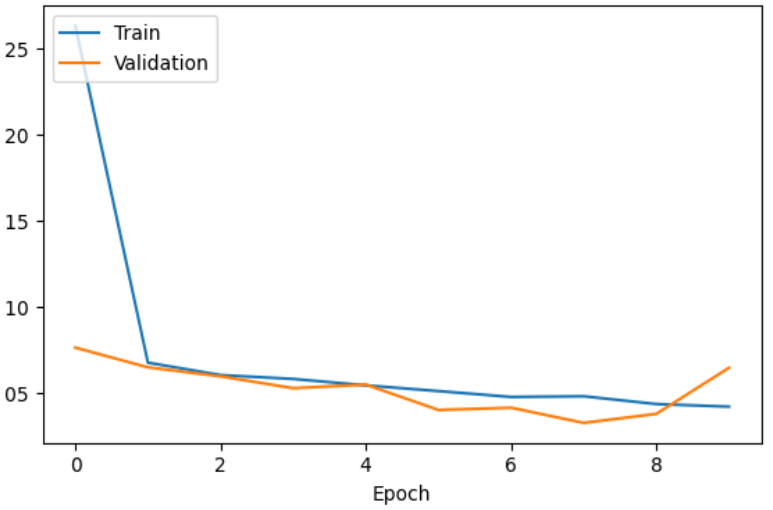Analysis of support vector machine and random forest models for predicting the scalability of a broadband network
Keywords:
Broadband Networks, Machine Learning, Network performance metrics, Random forest, Support vector machineAbstract
This study proposed a machine learning approach to predict the scalability of broadband networks, which is crucial for ensuring fast and reliable internet connectivity. Scalability measures a network’s ability to handle increasing users, devices, and data traffic without compromising performance. The researchers leveraged the strengths of Random Forest (RF) and Support Vector Machine (SVM) algorithms to predict scalability. A large dataset of 40,000 data points was collected, focusing on six key metrics: Response Time, Bandwidth, Latency, Error Rate, Throughput, and Number of Users Connected. The data was preprocessed and divided into training and testing sets (80:20 ratio). Both RF and SVM algorithms were trained on the dataset, and a comparative analysis was conducted to determine which algorithm performed better. The results showed that the RF model outperformed the SVM model, achieving an accuracy of 95.0% compared to 91.0%. The RF model also exhibited higher precision, recall, and AUC scores. Feature importance analysis revealed that Response Time and Throughput were the most significant factors in determining network scalability. The study demonstrated the effectiveness of the RF model in predicting broadband network scalability, with a lower loss value (0.0133 for training and 0.0160 for validation) compared to the SVM model. This approach will help network operators and administrators predict and improve network scalability, ensuring reliable and fast internet connectivity. The study contributes to the development of machine learning-based solutions for broadband network performance evaluation and optimization.

Published
How to Cite
Issue
Section
Copyright (c) 2024 Gabriel James, Anietie Ekong, Etimbuk Abraham, Enobong Oduobuk, Peace Okafor

This work is licensed under a Creative Commons Attribution 4.0 International License.
How to Cite
Most read articles by the same author(s)
- Gabriel James, Ime Umoren, Anietie Ekong, Saviour Inyang, Oscar Aloysius, Analysis of support vector machine and random forest models for classification of the impact of technostress in covid and post-covid era , Journal of the Nigerian Society of Physical Sciences: Volume 6, Issue 3, August 2024
- Gabriel James, Ifeoma Ohaeri, David Egete, John Odey, Samuel Oyong, Enefiok Etuk, Imeh Umoren, Ubong Etuk, Aloysius Akpanobong, Anietie Ekong, Saviour Inyang, Chikodili Orazulume, A fuzzy-optimized multi-level random forest (FOMRF) model for the classification of the impact of technostress , Journal of the Nigerian Society of Physical Sciences: Volume 7, Issue 3, August 2025







